The week before Thanksgiving I added about 15 new plants to my collection. That's the mark of a good week, in my opinion!
 |
| The smallest of the plants I received - Vanilla planifolia, the vanilla orchid. |
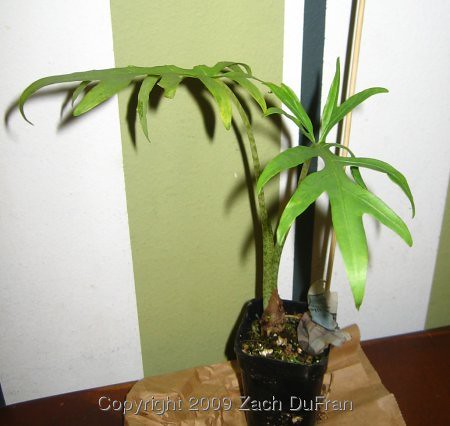 |
| Alocasia brancifolia |
It started off when I received a box of five very small starter plants I had purchased on eBay: Vanilla planifolia (Vanilla Orchid), Olea europaea (Olive Tree), Alocasia 'Aurora' (Pink Stem Elephant Ear), Alocasia brancifolia, and Alocasia 'Stingray.' The Vanilla orchid is the actual plant from which the vanilla bean grows and vanilla extract is taken. I don't expect to be harvesting from my plant, as I hear it is quite hard to even get them to bloom in cultivation.
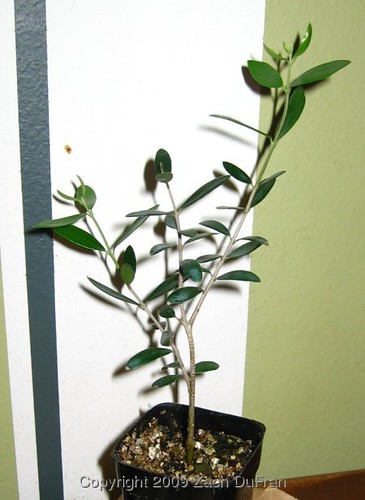 |
| Olea europea - common Olive Tree |
The same is true for the olive tree I ordered. I just love the look of the olive tree, though. I am hoping to grow it to a nice specimen size that I can keep in a large pot.
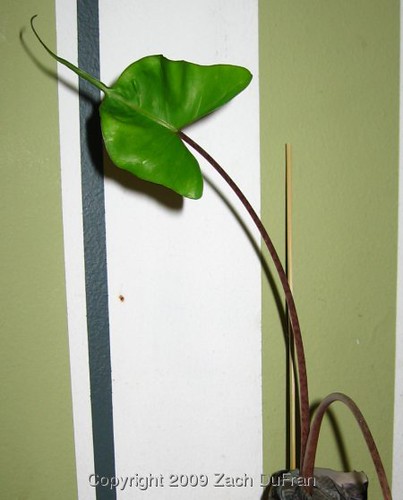 |
| Alocasia 'Stingray' |
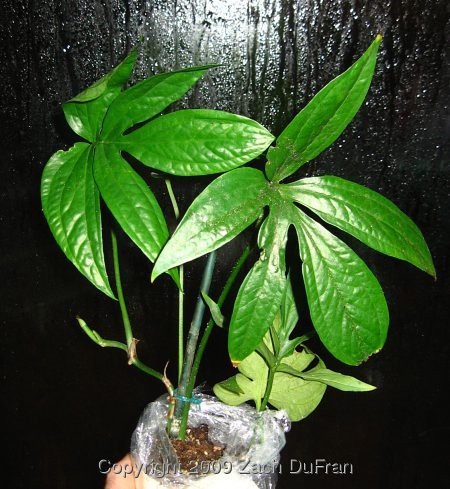 |
| Amydrium zippelianum |
Next, I received two plants from a friend who collects rare Aroids: Amydrium zippelianum and Philodendron tortum. These are two really cool plants! The tortum looks like a palm tree, but what would be a frond of many leaves on a palm tree is actually just one leaf on this Philodendron. The leaves are just
very deeply lobed.
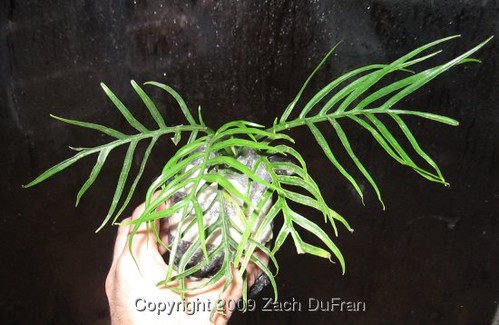 |
| Philodendron tortum |
On the Saturday preceding Thanksgiving was the first meeting of the MidAmerica chapter of the International Aroid Society, a group which I have been forming and coordinating. I'll post more about that event in the next week. Two members that came to that meeting brought cuttings and plants to share.
Steve Lucas brought me cuttings of Philodendron camposportoanum, Philodendron billietiae, Philodendron bipennifolium, Philodendron verrucosum, and an unknown Philodendron.
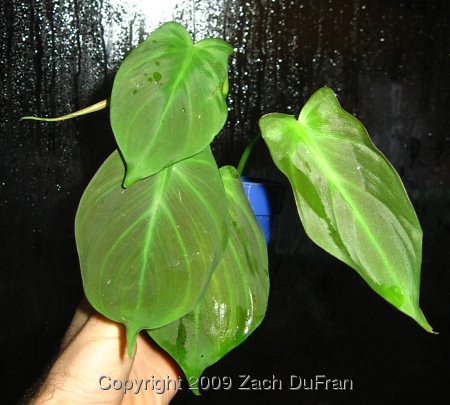 |
| Philodendron camposportoanum |
 |
| Philodendron bipennifolium |
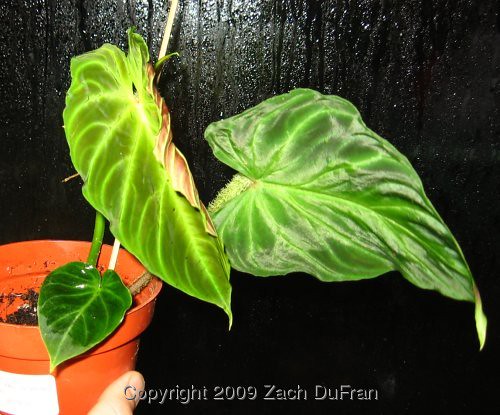 |
| Philodendron verrucosum |
Dr. Tom Croat brought small specimens from plants he collected in the wild in Central America: Anthurium holmnielsenii, Anthurium sparreorum and Anthurium verapazense. These plants are very unique, because they have their assession numbers on the tag, which allows me to search the Tropicos database to see exactly where Dr. Croat collected these plants and what notes he took about the environment where he found them growing.
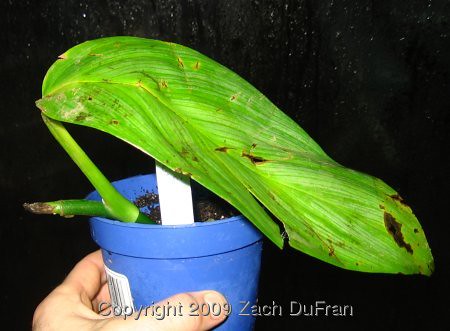 |
| Philodendron NOID |
Dr. Croat looked at the unidentified cutting above, trying to determine at least what genus the plant belonged to. After tearing the leaf at one point, he noticed what appeared to be fibers at the edges of the tear. He explained that in Monsteroid plants, there are silicate crystals inside the leaves. This could mean the plant was from the Monsteroids. However, after a couple of minutes, the fibers that looked like silicate crystals began to droop, indicating that they were not crystals, but actually just latex. This indicates that the mystery plant is from the Philodendron genus.
It was a wonderful weekend that resulted in lots of potting!










Oh, I love your new plants, and I am sure they love their new home. :-)
ReplyDeleteThat does sound like a good week. I find the Amydrium zippelianum intriguing. What do they, you know, do?
ReplyDelete